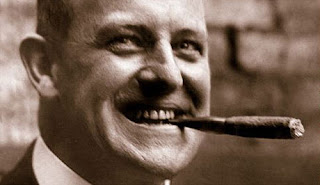
There's an essay in the Times Literary Supplement about one of my favorite (and local) short story writers - Raymond Carver. It's subtitle - How an editor’s pencil created an author’s literary style – and how an author’s wife has undone it.
From the piece...
Raymond Carver wrote several drafts of each of his poems and short stories, “cutting everything down to the marrow, not just to the bone”. His stories, in particular, bear the traces of unending polish, of “putting words in and taking words out”. In the lives of most of Carver’s characters, history refers to a time when they were better or worse off, happier or unhappier, drinking more or less, than they are now. The narrative method of his early work was situated squarely in the tradition derived from Ernest Hemingway, deploying plain vocabulary, short sentences, the repetition of certain words and phrases, and above all the concealment of essential facts so as to implant a timed explosive in the reader’s imagination. Carver was Hemingway (most of whose fiction is located abroad) transposed to the blue-collar American margins, populated by men and women who seldom think about the world beyond – a land of bad marriages, cramped living rooms, truculent children, and unharnessed addictions of the old-fashioned sort.
The pleasure of reading Carver, who died in 1988 at the age of fifty, derives partly from his bizarre scenarios and from absurdist dialogue which yet retains the quality of overheard conversation; equally, it comes from pace and phrasing, even paragraphing and punctuation, which the author controls with what are practically musical skills.
One of Carver's short stories has stayed with me more than most all others. It's this one.


















































